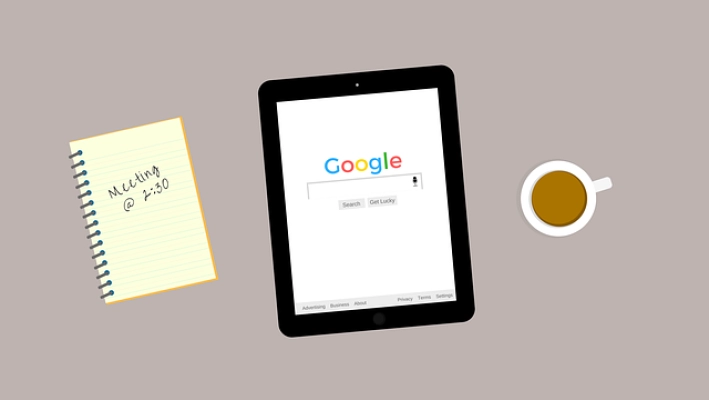Title: Health Sentiment Monitoring: A Comprehensive Analysis
Introduction:
In today’s digital age, monitoring public sentiments, especially in the context of health, has become an integral part of communications strategies for various organizations. This article aims to provide an in-depth understanding of health sentiment monitoring and its significance in today’s society.
1. The Importance of Health Sentiment Monitoring:
1.1 Understanding Public Perception: Monitoring health sentiments allows organizations to gain insights into the public’s attitudes, beliefs, and opinions about various health-related topics.
1.2 Evaluating Reputation and Public Image: By monitoring sentiments, companies can assess their reputation and make necessary improvements to maintain a positive public image.
1.3 Identifying Emerging Issues: Real-time sentiment monitoring enables organizations to identify emerging health concerns and take proactive measures.
2. Tools and Techniques Used in Health Sentiment Monitoring:
2.1 Social Media Analysis: Social media platforms provide a wealth of data that can be analyzed to gauge public sentiments regarding health-related topics.
2.2 Sentiment Analysis Algorithms: Advanced natural language processing techniques are employed to analyze textual data and determine sentiment polarity (positive, negative, or neutral).
2.3 Surveys and Polls: Traditional survey methods, both online and offline, offer a more targeted approach to gather specific feedback on health sentiments.

3. Application Areas of Health Sentiment Monitoring:
3.1 Pharmaceutical Industry: Monitoring health sentiments helps pharmaceutical companies identify potential adverse effects of medications, assess public response to new drugs, and measure overall patient satisfaction.
3.2 Healthcare Providers: Hospitals and healthcare facilities can utilize sentiment monitoring to evaluate patient experiences, identify areas for improvement, and design patient-centric healthcare services.
3.3 Health Campaigns: Government and non-profit organizations can assess the effectiveness of health campaigns through sentiment monitoring, enabling them to refine messaging and increase engagement.
4. Challenges and Ethical Considerations:
4.1 Data Privacy: Balancing the need for sentiment monitoring with protecting individual privacy presents a significant challenge.
4.2 Accuracy and Reliability: Ensuring the accuracy and reliability of sentiment analysis algorithms is crucial to avoiding potential misinformation or misinterpretation of sentiments.
4.3 Bias and Representation: Monitoring sentiments should account for diverse perspectives to avoid biases in the analysis and ensure fair representation.
Conclusion:
Health sentiment monitoring offers valuable insights into the public’s perception of health-related topics and is an essential tool for organizations to make informed decisions. However, it is crucial to address challenges and ethical considerations to ensure responsible and accurate sentiment monitoring practices. By leveraging the available tools and techniques, organizations can effectively monitor and analyze health sentiments, contributing to the overall improvement of public health communication and outcomes.







